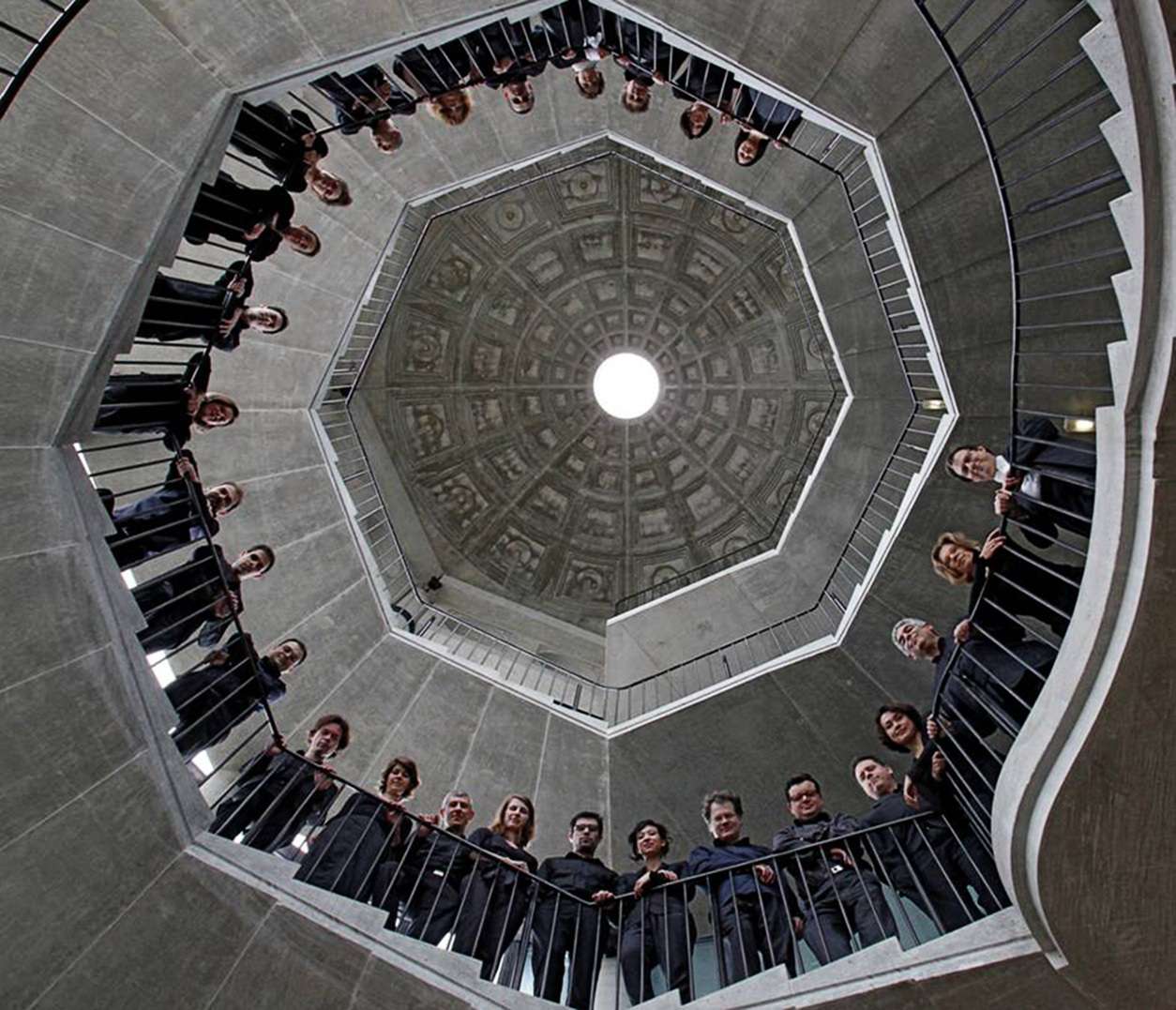|
Back
A Sleeping Beauty Vienna
Konzerthaus Vienna
06/03/2012 -
Johann Christian Bach: Zanaida
Sara Hershkowitz (Zanaida), Clémentine Margaine (Tamasse), Chantal Santon (Roselane), Vannina Santoni (Osira), Pierrick Boisseau (Mustafa), Daphné Touchais (Cisseo), Majdouline Zerari (Aglatida), Julie Fioretti (Silvera), Jeffrey Thompson (Gianguir)
Opera Fuoco, David Stern (conductor)

Opera Fuoco (© J.J. Kraemer/Opera Fuoco)
Johann Christian Bach, nicknamed the “London Bach”, was the 11th and youngest son of Johann Sebastian Bach. Only 15 years old when his father died, he left Leipzig in 1750 to spend some time with his stepbrother Carl Philipp Emmanuel in Berlin. He later moved to Italy where he studied composition with Padre Martini in Bologna. In 1762 Johann Christian Bach became Music Director at the King’s Theatre in London. Bach stayed in London until his death in 1782. One of several operas he wrote during his first (and last) season at the King’s Theatre was the “Opera Seria” Zanaida. The Libretto by Giovanni Gualberto Bottarelli is an adaptation of Metastasio’s “Siface”, with the text for one of the arias written by Carlo Goldoni. Fashionable at the time, the opera deals with political and sentimental intrigues between Turkey and Persia. It is a story about power, blind obedience versus insubordination, and of course, love. Zanaida features nine soloists: six sopranos, a mezzosoprano, a tenor and a baritone. In the orchestral score Johann Christian Bach was one of the first to include two clarinets as well as two “tailles” (tenor oboes).
Zanaida was successfully premiered on May 7, 1763 at the King’s Theatre in London. Due to a change in the theatre’s management, Bach’s contract as Music Director was not renewed, and not only did Zanaida disappear from the King’s Theatre’s program, but so did the entire score. All that was left to posterity – or so we thought - was the libretto, the overture and a songbook with “8 favorite songs”. This songbook had been printed already two weeks after the opera’s premiere – an indicator of the initial success of the piece. Only recently was the original score re-discovered in the private collection of Elias Kulukundis in the USA. 2010 Kulukundis generously put the score at the disposal of the Leipzig Bach Archives.
The first performance of Zanaida after its 250 year long beauty sleep was entrusted to David Stern and his Paris based ensemble “Opera Fuoco”. This period instrument orchestra, the handpicked young singers and their energetic leader are dedicated to the interpretation of operatic repertoire from the 18th and 19th centuries. After the hugely successful performance at the 2011 Bachfestival in Leipzig/Germany, David Stern and his “Opera Fuoco” now brought Zanaida to the Vienna Konzerthaus in a “concertante”, almost semi-staged version.
Sarah Hershkowitz sang the title role with her warm, agile soprano and gracefully maneuvered the breakneck coloraturas. Chantal Santon portrayed the role of the power hungry Roselane with verve. Vannina Santoni’s fresh and technically secure Osira was a joy to listen to. Pierrick Boisseau gave the part of Mustafa baritonal authority. Daphné Touchais, with her clear and well-projected soprano, also incorporated the specific gestures of baroque opera into her performance. Majdouline Zerari gave the role of Aglatida her warm and pleasant mezzosoprano. Jeffrey Thompson as Gianguir sang his short, but demanding part with conviction.
Two members of the altogether excellent cast stood out in particular: Clémentine Margaine, who sang the role of Tamasse, has an incredibly well carrying, versatile mezzosoprano. She has the facility for the fastest coloraturas, as well as the necessary depth and warmth for the more dramatic parts. Julie Fioretti was enchanting with her crystal clear, high soprano and impeccable technique. All nine soloists joined forces to sing the chorus finale together.
The “Opera Fuoco” ensemble, 35 musicians strong, under the insightful direction of David Stern, used period instruments without succumbing to the mannerisms usually associated with historical performance practice. The string players played with full bows and plenty of vibrato. The woodwinds and natural horns enhanced the sound tapestry with their warm timbre. Johann Christian Bach’s music came across as what it was intended for: pure entertainment, unpretentious and ear flattering. It was high time this Sleeping Beauty was awakened with a kiss.
Opera Fuoco
Wiebke Kuester
|